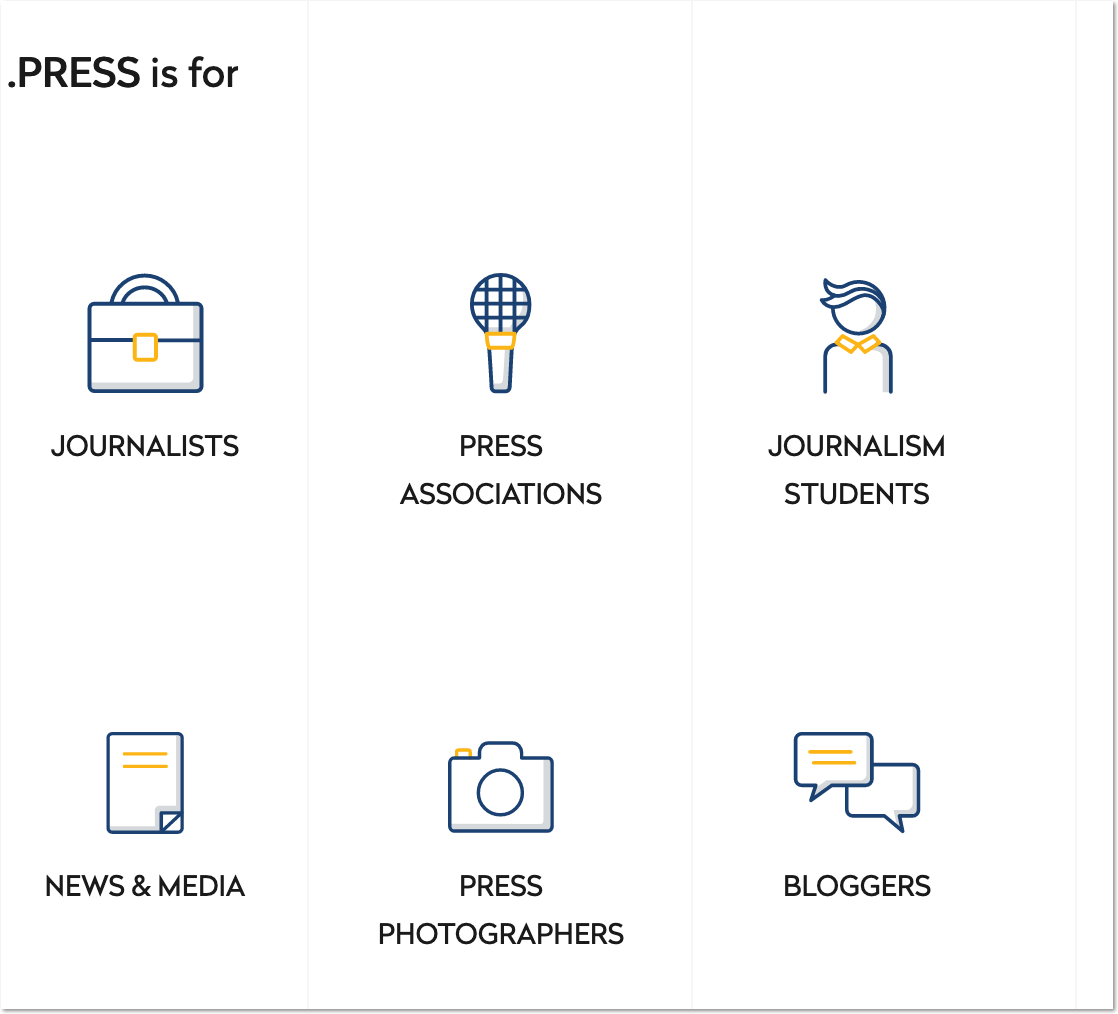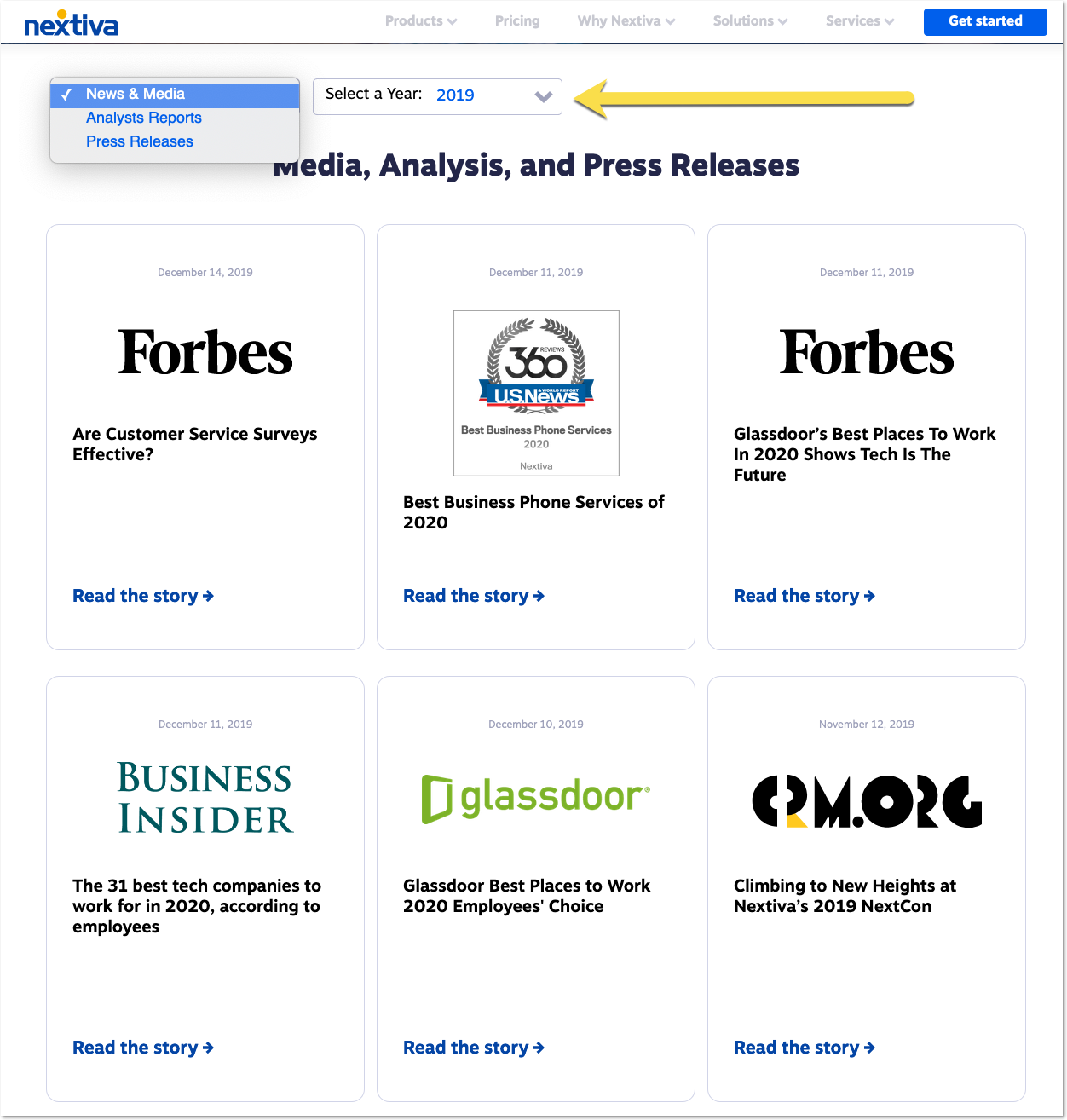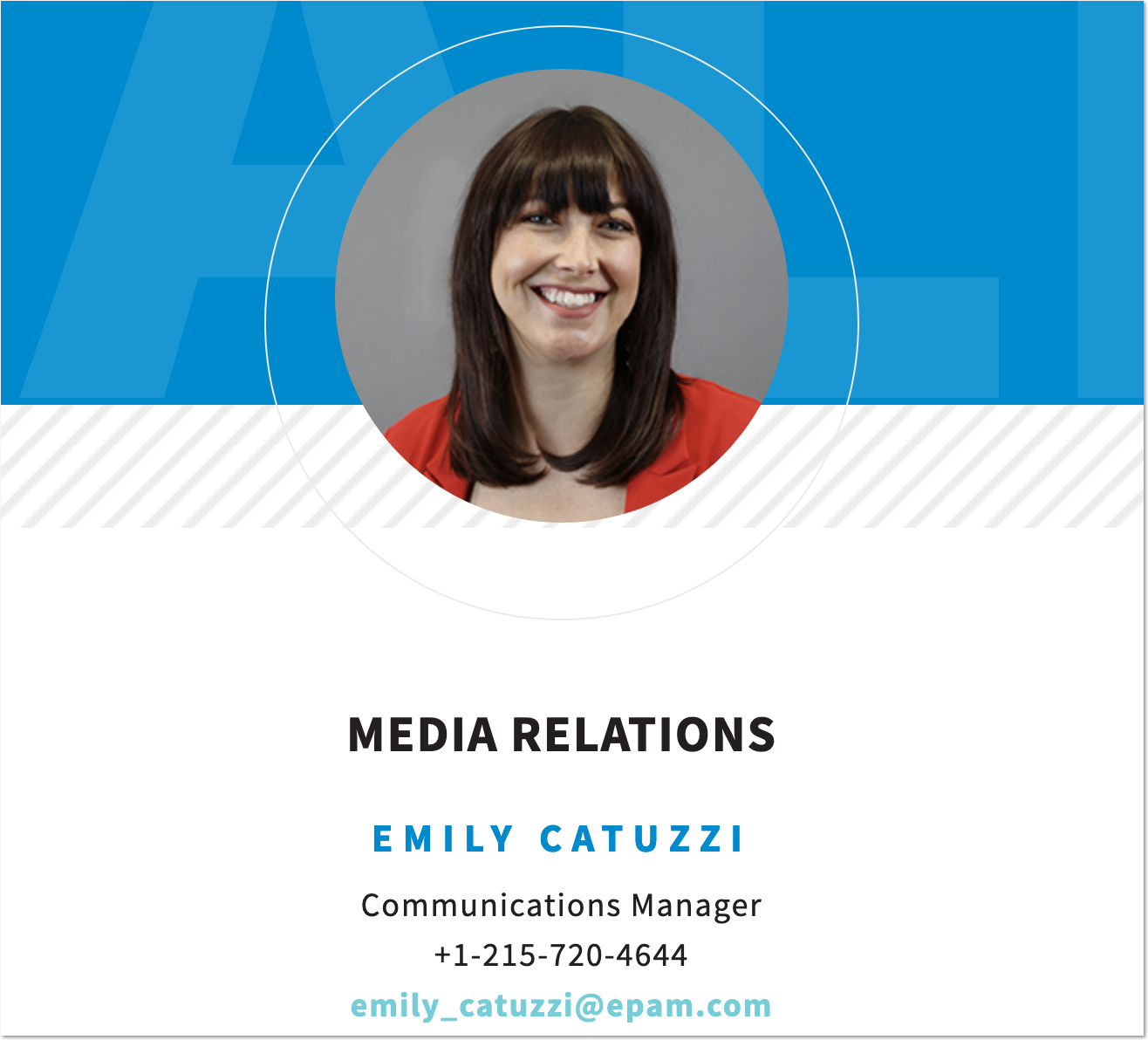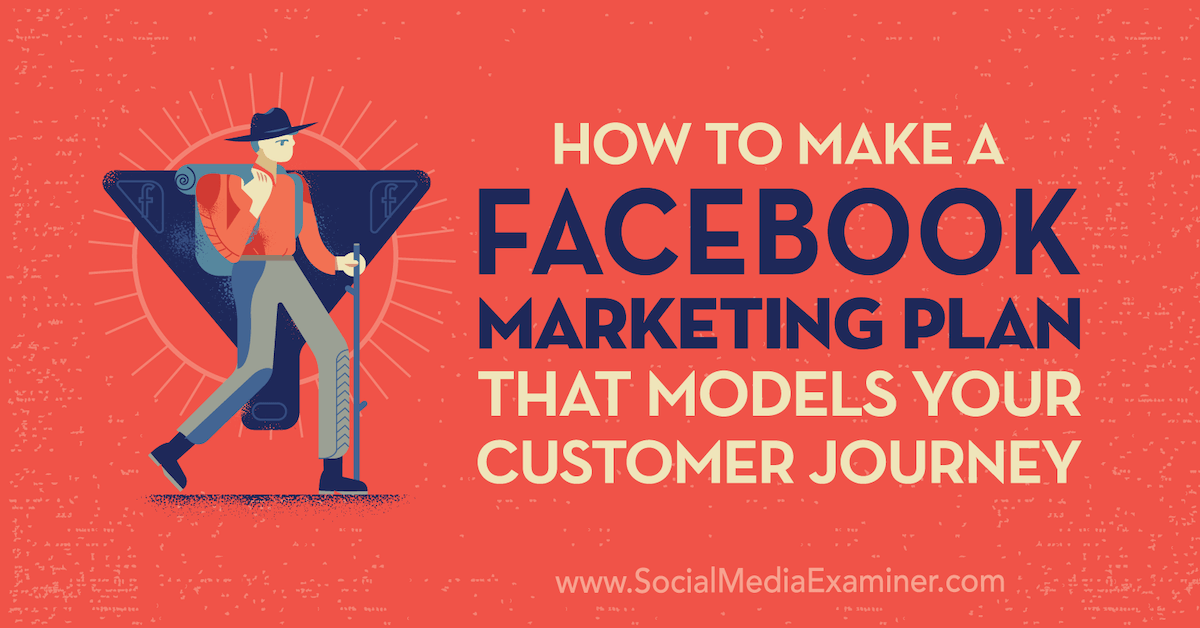http://feedproxy.google.com/~r/TheWritePractice/~3/Yh0FQ_PkYx0/
Does The Write Practice work?
Since 2011, we’ve been helping writers publish their books and accomplish their writing goals. We’ve worked with thousands of writers through our community and courses.
But this year, we wanted to take a step back and ask, is what we’re doing actually making a difference? Are we actually helping writers achieve their dreams?
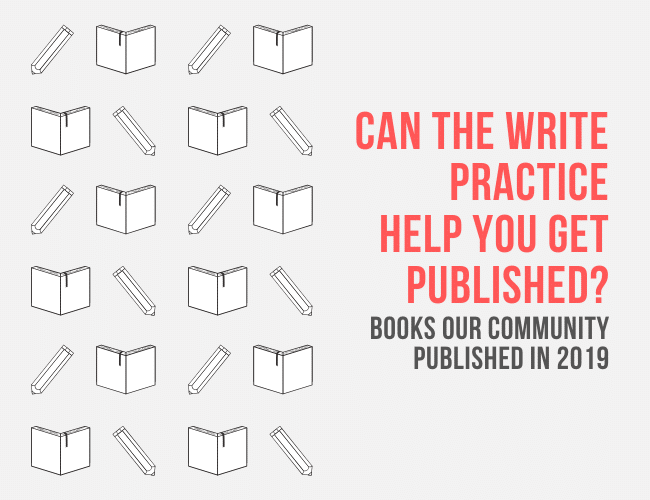
Are people writing books at The Write Practice? Can this actually help you get published?
Does The Write Practice really work?
And so we went back to our students and asked, what did you accomplish in 2019? What books did you publish, and what role did The Write Practice play in helping you?
Want to write your book this year? We’d love to help you, too. In 100 Day Book, you’ll start and
finish writing your book.
Join us here »
Books Our Authors Have Published in 2019
The answers have blown us away. We’ve heard from tons of authors about the books they’ve published. Best of all, we’ve heard about the ways we’ve been able to support, teach, encourage, guide, and cheer them on as they’ve finally accomplished their goals.
One of the most exciting experiences for a writer is the moment when you publish your book. And celebrating your success is the best part of my work at The Write Practice, too.
As the leader of The Write Practice, I’ve gotten an inside look at what’s happening in our community throughout the year. I get to hear about and celebrate every time someone publishes a book!
It’s sort of exciting to celebrate alone. But what’s way more fun is to celebrate with a group.
And as we head into 2020, I want to celebrate with you all the books published in the past year in the Write Practice community.
Take a look below at the amazing work our authors are doing. You might just find your new favorite book!
Flight of the Spark by Evelyn Puerto
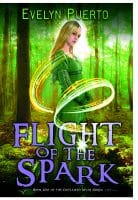
About the book: A dystopian fantasy in a medieval setting.
About the author: Award-winning author Evelyn Puerto writes in multiple genres and reads just about anything.
Evelyn writes with us in The Write Practice Pro. She finished a new draft of her book in our 100 Day Book program, hired an editor on the Write Practice team to edit it, and learned to publish in our Write to Publish course.
“I’d struggled with it for a few years and was on the third or fourth draft,” she says. “Then I tried the 100 Day Book program. The feedback told me a lot about what was working and what wasn’t. Then Alice did her Story Grid magic, and after that, it was much easier to finish the book and get it published.”
Buy Flight of the Spark on Amazon
Find Evelyn on her website, on Facebook, on Twitter @evelyn_puerto, and on Instagram @theevelynpuerto
Shepherd’s Warning by Cailyn Lloyd
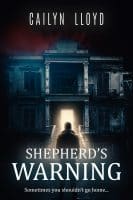
About the book: Lucas MacKenzie and brother Nate inherit the an old Tudor home and decide to bring their families to Wisconsin for a renovation project with HGTV stardom in mind. As they tear out old fixtures and open shuttered windows, the house reveals secrets of a terrible past and it soon becomes clear the MacKenzies are in grave danger.
About the author: A lifelong writer, Cailyn Lloyd spent three years living in a truly haunted house and experienced firsthand the nuances of strange and eerie places. Shepherd’s Warning is her first book.
Cailyn has followed the Write Practice blog for two years. As she was writing her book, “writing tips and prompts from the blog were very helpful,” she says.
Buy Shepherd’s Warning on Amazon
Find Cailyn on her website, on Facebook, and on Twitter @cailynrox
Found at the Messiah by Merry Goodman

About the book: Andre meets Penelope at the Messiah and love blooms from there.
About the author: Merry Goodman loves to write quick-read Romance tales, love, connections and happy-ever-afters.
Merry writes with us in The Write Practice Pro. She also joined our Write to Publish program, where she connected with a mentor and learned to publish her writing. “You encouraged and pushed me to get it done. Otherwise, I would probably still be editing and playing with the story. Nine books later, you are responsible for my publishing history,” she says.
Buy Found at the Messiah on Amazon
Find Merry on her website
Lyre, Lyre: The Dragon and the Too-Generic Prophecy by Myka Rae Correll

About the book: A prophecy spoke of a savior that would vanquish a fiery dragon, but when a less than heroic recruit is revealed, vivid characters lead to a spark-filled ending.
About the author: Myka Correll is a poetry and fiction writer who lives in the Midwest with her FLUFFY cat, King Elliot Fluffilupticus the 1st.
Myka writes with us in The Write Practice Pro and has completed 100 Day Book. She says, “Having people respond to my work, and being consistent in writing branched into every other area of my life. I ended up publishing two books on Amazon: a poetry collection and this fiction story. This community got me feeling pumped to do more than I first set out to accomplish. I’m psyched!”
Buy Lyre, Lyre: The Dragon and the Too-Generic Prophecy on Amazon
The Might of Defiance: Elise t’Hoot Book One by Mary Ellen Wall

About the book: Our hero risks her life and changes paradigms through perseverance and her fight for basic tolerance.
About the author: Mary Ellen Wall is a Navy vet, world traveler, fermentation queen, painter . . . and writer.
Mary Ellen writes with us in The Write Practice Pro, where she finds inspiration and editing tips. “I love the opportunity to participate in the Write Practice; there aren’t nearby local groups,” she says.
Buy The Might of Defiance on Amazon
Find Mary Ellen on her website
Seasons of Gold by Christine Goodnough

About the book: A selection of over 100 of my best haiku and senryu verses.
About the author: Christine has been sharing experiences and inspirations by means of short stories and poetry, reflective and humorous, for many years.
Christine follows the Write Practice blog for our daily writing tips.
Buy Seasons of Gold on Amazon
Find Christine on her website
My Best Mistake: Tasha’s Story by Carole Wolfe
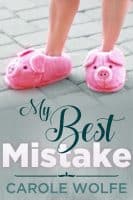
About the book: A lawsuit, an ex-husband, and a hotel full of men. Just another crazy day in the life of a single mom . . .
About the author: Carole Wolfe uses her words to help readers escape the daily hiccups of life.
Carole reads the Write Practice blog. She’s also a member of The Write Practice Pro, and she’s joined us for both the 100 Day Book and Write to Publish courses. “The weekly workshopping helped me understand what worked for readers and what didn’t. The encouragement of the community is amazing as well!” she says. “I’ve learned many new things and met lots of fantastic writers because of TWP!”
Buy My Best Mistake on Amazon
Find Carole on her website, on Facebook, on Twitter @CaroleW30064418, and on Instagram @carolewolfeauthor
Autumn Leaves by Edward Stephens
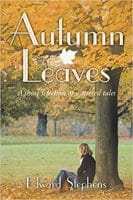
About the book: Autumn Leaves is an eclectic mix of short stories of all genres—including romance, adventure, horror, and suspense—with a few poems.
About the author: Edward Stephens is now retired from regular work. He has been writing short stories for the past sixty years for his own enjoyment but has only recently decided to publish a selection of the best of them.
Edward writes with us in The Write Practice Pro. “I enjoyed writing these stories: I sincerely hope the reader shares that enjoyment in reading them,” he says.
Buy Autumn Leaves on Amazon
The Measure of Her Last Marathon: Conversations with Deema Abu Ali by Moïse Halafu
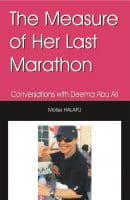
About the book: The inner strengths of a cancer patient who taught people how to live at a time she knew she was dying.
About the author: Moïse Halafu is a national of the Democratic Republic of the Congo. He served 25 years with the UN in Africa, Eastern Europe, Asia and the Middle East . He holds two Master’s degrees: Statistics and Human Resources Management. He is currently based in Paris, working for UNESCO HQ.
Moïse writes with us in The Write Practice Pro and finished this book in our 100 Day Book course. “A big thank you to the Write Practice Pro for the guidance and encouragement,” he says.
Buy The Measure of Her Last Marathon on Amazon
Melodramatic Mayhem and Many Murderous Mishaps by Michael Calder

About the book: A collection of short stories and poems put together to terrify and elate you all in one foul movement.
About the author: In brief moments of spare time, Michael Calder binge watches Netflix and, occasionally, writes mind blowing stories.
Michael writes with us in The Write Practice Pro and has joined both our 100 Day Book and Write to Publish courses. “The Write Practice gave me the foundations to put something together that was publishable,” he says.
Buy Melodramatic Mayhem and Many Murderous Mishaps on Amazon
Find Michael on Twitter @Miky350
The Modern Warlock: The Lion and the Hidden Master by Stone Keye
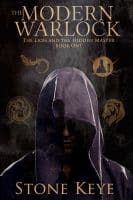
About the book: Jason dreamed of becoming a Warlock. Sometimes your dreams shouldn’t come true.
About the author: While Stone Keye’s genre is fantasy, he tries to write books that incorporate his real life events.
Stone reads the Write Practice blog. “Reading what others have done has been a great inspiration,” he says, and “kept me motivated to get my book out.”
Buy The Modern Warlock: The Lion and the Hidden Master on Amazon
Find Stone on his website and on Facebook
The Zombie Effect by Theresa Jacobs
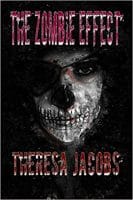
About the book: How the zombie craze of the 21st century can alter our children.
About the author: Theresa Jacobs champions all things artistic.
Theresa has entered short stories in several of our writing contests. “I was proud to be a part of the Discovery Of Writers anthology,” she says, an anthology published by a group of writers in the Write Practice community.
Buy The Zombie Effect on Amazon
Find Theresa on her website
Recipe for Love by Merry Goodman
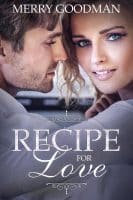
About the book: A chance meeting between Michael and Maria kindles love at first sight.
About the author: Merry Goodman loves to write quick-read Romance tales, love, connections and happy-ever-afters.
Merry writes with us in The Write Practice Pro, and joined our Write to Publish course. “TWP pushed me to finish and publish my first book, Recipe for Love. Seven more followed since September 2019,” she says.
Buy Recipe for Love on Amazon
Find Merry on her website
The Greatest Gift Series: 12 Lives Changed by Jesus’ Birth by Jonathan Srock

About the book: The Greatest Gift Series is a collection of 12 short stories that use fiction to describe what it was like to live in the times during Jesus’ birth.
About the author: Rev. Jonathan Srock is an ordained minister living in central PA whose passion is to help him print the character of Christ through preaching and teaching God’s Word.
Jonathan writes with us in The Write Practice Pro and learned to publish his writing through our Write to Publish course. “I learned not only how to finish a book but also to publish it through self-publishing,” he says. “I’m thankful for The Write Practice because it gave me a community of authors and friends as well as help me to publish one short story and three books this year.”
Buy The Greatest Gift Series on Amazon
Find Jonathan on his website and on Facebook
My Spaceship Calls Out to Me by Mike Van Horn

About the book: Well-known singer Selena M and her friends are determined to fly into space on a hijacked alien spaceship, despite constant pursuit by the space forces of three different nations. In addition, agents from the Galactic Confederation are enticing Selena, so they can grab back the vessel and keep their advanced technology from falling into the hands of a primitive world—Earth. When will she ever get to sing?
About the author: I write science fiction with a strong female heroine: a sassy singer who befriends aliens and must choose between her singing career and gallivanting off into space, all while fighting off various baddies. Sci fi with a sound track.
Mike writes with us in The Write Practice Pro and learned to publish in our Write to Publish course. “I have connected with writers from all over the world, from Spain to Sweden to Australia. Getting regular feedback from a small consistent group of peers is invaluable,” he says.
Buy My Spaceship Calls Out to Me on Amazon in February 2020!
Find Mike on his website and on Twitter @mikevanhorn
Silent River by CM Weaver
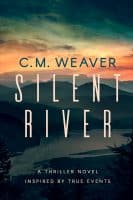
About the book: A detective looks for a missing family and their killer.
About the author: CM Weaver is a lover of Mysteries in a variety of venues.
CM writes with us in The Write Practice Pro, where she also joined our 100 Day Book course. “I needed feedback to see if the story held interest and flowed well. I am glad for all the feedback I got from posting,” she says. “It kept me on track. I love the readers and reviews I get.”
Buy Silent River on Amazon
Find CM on her website, on Facebook, and on Twitter @TWbookmiss
Freefall by Ken Hughes
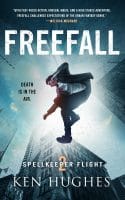
About the book: A high-speed urban fantasy struggle as new magicians, enigmatic masters, street gangs, and a magical owl hunt down the mind-controlling killer that stalks them.
About the author: Ken Hughes is an urban fantasy writer living in Los Angeles, author of Shadowed, and the Spellkeeper Flight trilogy.
Ken reads the Write Practice blog, where he’s received encouragement and insight as he writes his books.
Buy Freefall on Amazon
Find Ken on his website, on Facebook, and on Twitter @TheKenHughes
Inside Out by Natalie Hibberd
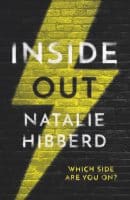
About the book: In a divisive world of mistrust and murder, there’s only one thing that matters growing up: you’re either in the Inside or the Outside.
About the author: It has been a dream of Natalie Hibberd’s to become an author since she was two years old. She’s thrilled that it has happened at last.
Natalie writes with us in The Write Practice Pro. The community “definitely gave me the confidence to publish,” she says. “It’s been a long journey to get here. I’ve had to overcome many obstacles, including physical disability and Depression. I’m so excited for the next phase of my journey.”
Buy Inside Out on Amazon
Find Natalie on her website
Wildflowers by L.W. Davie
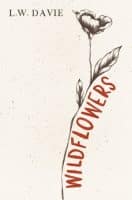
About the book: When Isla meets a strange boy in the forest, her world is turned upside down as she faces a choice: to save her new friend or her own life.
About the author: L.W. Davie is a debut author from New Zealand.
L.W. wrote her book with us in the 100 Day Book course. It was “instrumental in finishing the first draft, and then in editing draft 2 and 3,” she says. “Could not have done it without TWP, I believe that. Have several members in my acknowledgements at the end because they really made the difference. Trusted confidants now.”
Buy Wildflowers on Amazon
Find L.W. on her website and on Twitter @lwdavie
Your Turn to Publish
It’s truly an honor to have played a part in the journeys of so many authors. And if you’re hoping to publish a book, maybe even publish a book this year, I’d love to support you, too.
Many of the authors we’re celebrating here are members of The Write Practice Pro, our online writing workshop. If you want to get feedback to take your writing to the next level and be involved in a vibrant, supportive community of writers around the world, this is the best place to start.
Find out more and join The Write Practice Pro here.
If you’re working on a book, or you want to write a book, I’ve designed a course that will help you turn your book idea into a finished book. Many of the writers here wrote their first or even second or third drafts in our 100 Day Book program. There’s no better way to get the guidance, personalized support, and accountability you need to finish your book.
Learn more and join the next semester of 100 Day Book.
If you’re ready to publish your book—or if you already have, and you’d like to sell more copies—then our Write to Publish course is the perfect fit for you. You’ll learn how to publish your writing and gather an audience of readers who love your stories. Best of all, you’ll connect with a community of writers who will support you in all your future publishing adventures, too.
Read more and join the next semester of Write to Publish.
Publishing your book is one of the most rewarding experiences a writer can have. Will your book be on a list like this next year?
The first step to publishing your book is writing your book. Join 100 Day Book and write your book with us.
Join the program »
Which of the books on this list catch your eye? Let us know in the comments!
PRACTICE
Normally in these practice sections, I ask you to write something. Today, though, I’m asking you to read something.
One of the best ways to celebrate published authors is to read their books. For today’s practice, choose one of the authors listed above, get a copy of their book, and start reading it.
If you’re worried about the cost, I have good news: many of these books are just a few dollars on Amazon. (Plus, some of these authors even give away free stories on their websites!)
Let me know which book you’ve picked and why you’re excited about it in the comments!
BONUS: Another wonderful way to support authors is to write a review of their books. After you finish reading the book you pick, why not head back to Amazon and let the author know what you think?
The post Can The Write Practice Help You Get Published? 19 Books Our Community Published in 2019 appeared first on The Write Practice.



